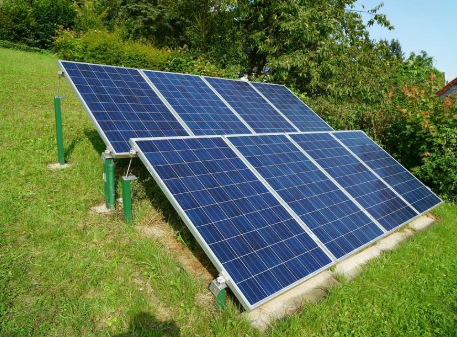CCEA approves launch of KUSUM scheme
The Cabinet Committee on Economic Affairs (CCEA) has approved the launch of KUSUM, Kisan Urja Suraksha evam Utthaan Mahabhiyan scheme. The scheme aims to provide financial and water security to farmers through harnessing solar energy capacities of 25.75 gigawatts (GW) by 2022.
Component of the Scheme
The scheme has three components:
- 10,000 megawatt (MW) of decentralised ground mounted grid-connected renewable power plants (Component-A).
- Installation of 17.50 lakh standalone solar powered agriculture pumps (Component-B).
- Solarisation of 10 lakh grid-connected solar powered agriculture pumps (Component-C).
Component-B will be implemented in a full-fledged manner whereas Component-A and Component-C will be implemented on pilot mode for 1,000 MW capacity and one lakh grid-connected agriculture pumps, respectively. They would be scale up later after the pilot run.
Features of the Scheme
Component-A
- Renewable power plants of capacity 500 kilowatts (kW) to 2 MW will be set up by individual farmers, cooperatives, panchayats, or farmer producer organisations (FPO) on their barren or cultivable lands.
- The power generated will be purchased by the distribution companies (Discoms) at tariffs determined by respective state electricity regulatory commissions (SERC).
- The scheme will open a stable and continuous source of income to the rural landowners.
- Performance-based incentives at Rs 0.40 per unit for five years will be provided to Discoms.
Component-B
- Individual farmers will be supported in installing standalone solar pumps of capacity up to 7.5 horsepower (HP).
- Solar PV capacity in kW equal to the pump capacity in HP is allowed under the scheme.
Component-C
- Individual farmers will be supported to solarise pumps of capacity up to 7.5 HP.
- The farmer will be able to use the generated energy to meet the irrigation needs and the excess available energy will be sold to Discom.
- This creates an avenue for extra income to the farmers, and for the states to meet their renewable purchase obligation (RPO) targets.
The scheme will have a substantial environmental impact in terms of savings of CO2 emissions. It is estimated that three components of the scheme combined together would result in savings of about 27 million tonnes of CO2 emission per annum.
Month: Current Affairs - February, 2019


